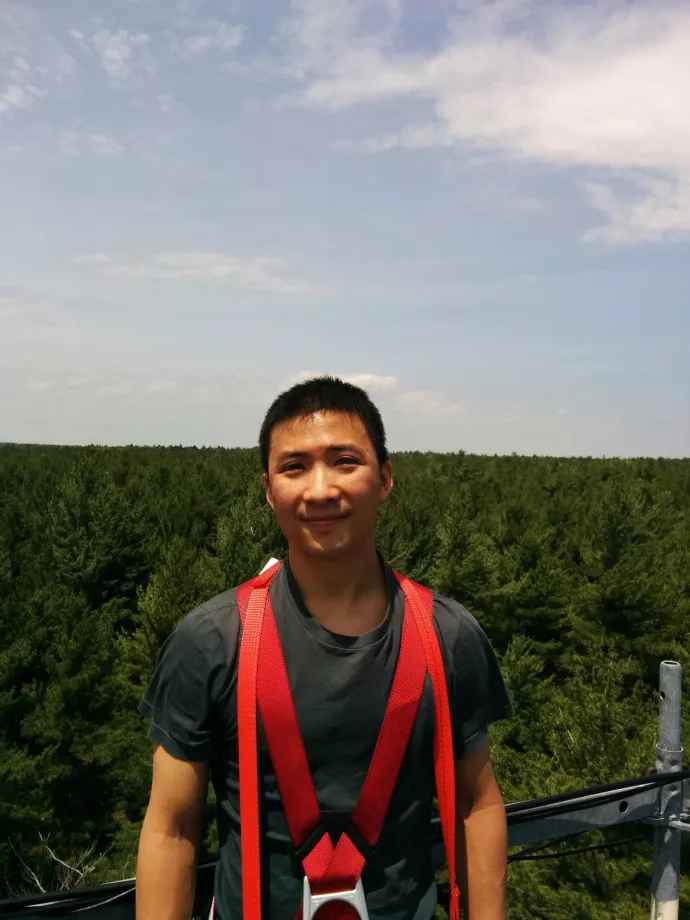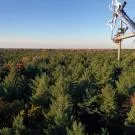
Dr. Chris Wong uses remote sensing to assess photosynthetic activity at large scale

Tracking the phenology of photosynthesis using carotenoid‐sensitive and near‐infrared reflectance vegetation indices in a temperate evergreen and mixed deciduous forest
Christopher Y.S. Wong Petra D’Odorico M. Altaf Arain Ingo Ensminger
First published:10 February 2020 https://doi.org/10.1111/nph.16479
Large scale tools are needed to assess photosynthesis to better understand the contributions of the terrestrial ecosystem in the global carbon budget. In a warming world, photosynthesis will also be impacted, furthering the need for accurate estimations of photosynthesis at the large scale. Remote sensing provides a technique to assess photosynthetic activity at the large scale. However, traditional remote sensing products poorly assess photosynthetic activity in evergreen conifers since they retain their needles year round. In this paper, we evaluate an alternative remote sensing approach based on the seasonal dynamics of carotenoid pigments, which are involved in regulating photosynthetic activity. We performed this study for 2-years at Turkey Point, ON, in evergreen and deciduous forests. Our results demonstrate that by exploiting the seasonal variation in carotenoid content, we can remotely track photosynthetic activity in evergreen and deciduous forests. This remote sensing approach based on carotenoid pigment dynamics provides a promising technique to improve monitoring of seasonal photosynthetic activity via remote sensing and therefore improved assessment of the terrestrial carbon uptake, which has been elusive in evergreen forests.
